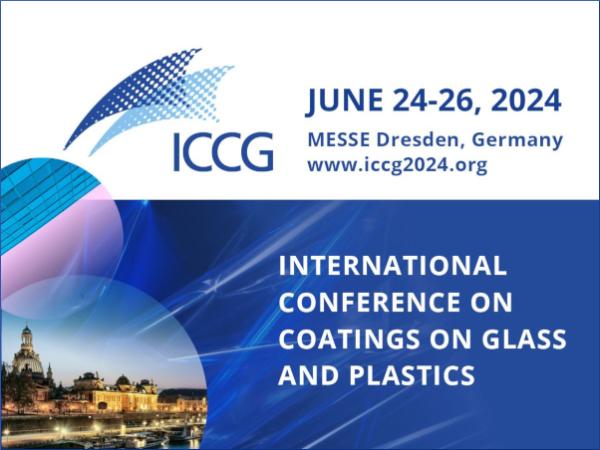On March 12, a significant development took place as the European Parliament approved its stance on the revision of the Weights & Dimensions Directive.
The proposed measures aim to establish more consistent regulations for cross-border transportation of loads weighing up to 44 tonnes, marking a crucial step towards reducing carbon dioxide emissions and streamlining operational complexities within the flat glass industry.
One key aspect of the directive is the requirement for Member States that opt to raise the maximum weight limit for trucks used in domestic transportation to also permit these enhanced weights for international journeys. By aligning these regulations, the directive seeks to lower the carbon footprint per tonne of glass transported on specific routes, thereby contributing to environmental sustainability goals.
In the context of flat glass transportation, the authorization of weights reaching up to 44 tonnes for trucks equipped with 5 or 6 axles presents a promising opportunity to curtail CO2 emissions associated with the movement of goods, all without necessitating alterations to the vehicles or transportation materials employed, such as stillages. While the proposal to endorse this option did not materialize, the directive does introduce an increase in the maximum weight allowance for select zero-emission trucks and intermodal transport, a move that is welcomed as a positive step forward.
Notably, manufacturers in the flat glass industry have already been proactive in addressing emission concerns linked to transportation. Organizations like Glass for Europe are urging governmental bodies and relevant stakeholders to sustain their efforts in advancing the development of new vehicle technologies and infrastructure required to facilitate the widespread adoption of zero-emission transport solutions across the European Union.
The commitment to enhancing transport regulations and fostering eco-friendly practices within the flat glass sector underscores a collective dedication to mitigating the environmental impact of industrial activities. As stakeholders continue to collaborate and innovate, the vision of a more sustainable and efficient transportation landscape in Europe draws closer to realization.
In conclusion, the recent directives set forth by the European Parliament signal a positive trajectory towards a greener future for the flat glass industry, emphasizing the importance of harmonized regulations and technological advancements in driving environmental progress.
Source: Glass for Europe with additional information added by GlassBalkan







